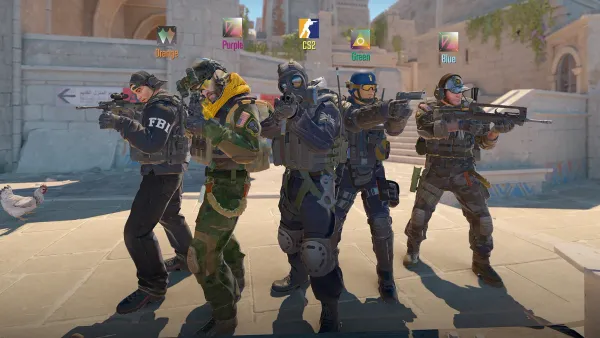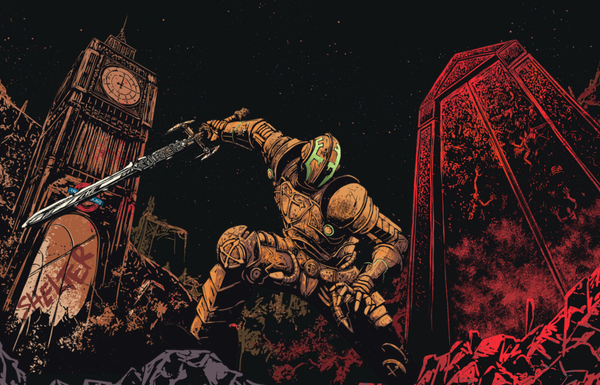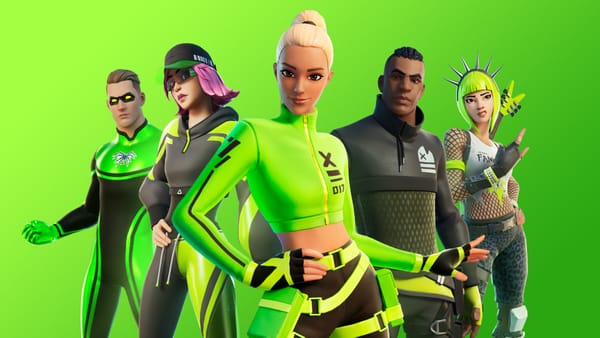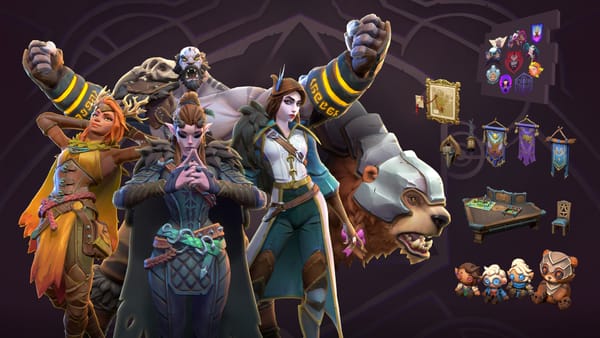Is it time to break up the biggest week in Australian gaming?

How much industry networking is too much?
My guest for this week’s issue of Multiplier is Jeremy Bratetich. As well as being one of the many who survived the marathon of GCAP, PAX AUS and SXSW Sydney back in October, Jeremy is the managing editor over at MiniMap.com.au These days, you can find them on Bluesky.
Fergus: October has always been a busy time for Australian game developers and anyone else caught in the industry's orbit. For over a decade now, it’s been the month where both the consumer-oriented PAX Australia and industry-oriented GCAP take place. Now, the first half of October is also host to SXSW Sydney. Although there’s some overlap in terms of the specific value that each event can offer, the chance to network and mingle with the rest of the industry is a hard offer to pass on.
However, with each passing year, it feels like October has become something of a marathon for those attending this triple-whammy of tradeshows. As someone who recently made it through both Melbourne in Games Week and SXSW, do you feel like this setup is a sustainable one for everyone involved?
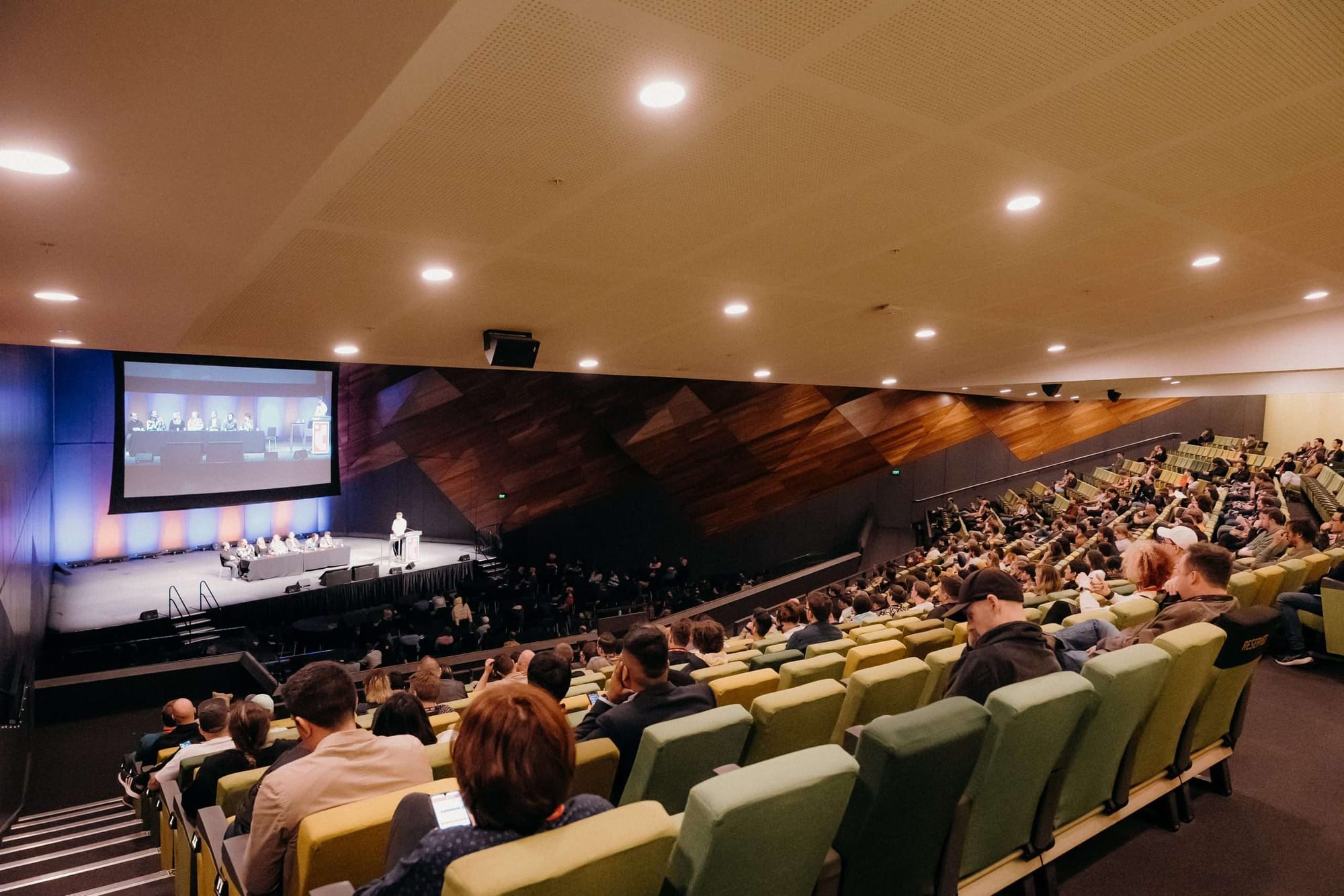
Jeremy: It’s definitely not sustainable for everyone to do everything. As someone that has relatively high stamina in loud and public settings, and is a bit of an ‘event gremlin’, it does take its toll. Describing it as a marathon is apt, because making sure you’re operating at the right pace through GCAP, The AGDAs, any satellite events, and then into PAX is key. It’s easy to burn the candle at both ends, entering SXSW Sydney in Week 2 absolutely wrecked.
However, I think it’s important to remember that, even though the FOMO is real, it’s NOT a requirement to go to every event. When given a menu at a restaurant, you wouldn’t order one of everything. Each event has a purpose, and when they’re all taking place across such a short period of time, it’s worth asking “Is this event worth me going?” AND “Will it cause me to burn out later?” There’s also a few days off after PAX, which work as an 'offset weekend’ before the SXSW Sydney Games Festival commences.
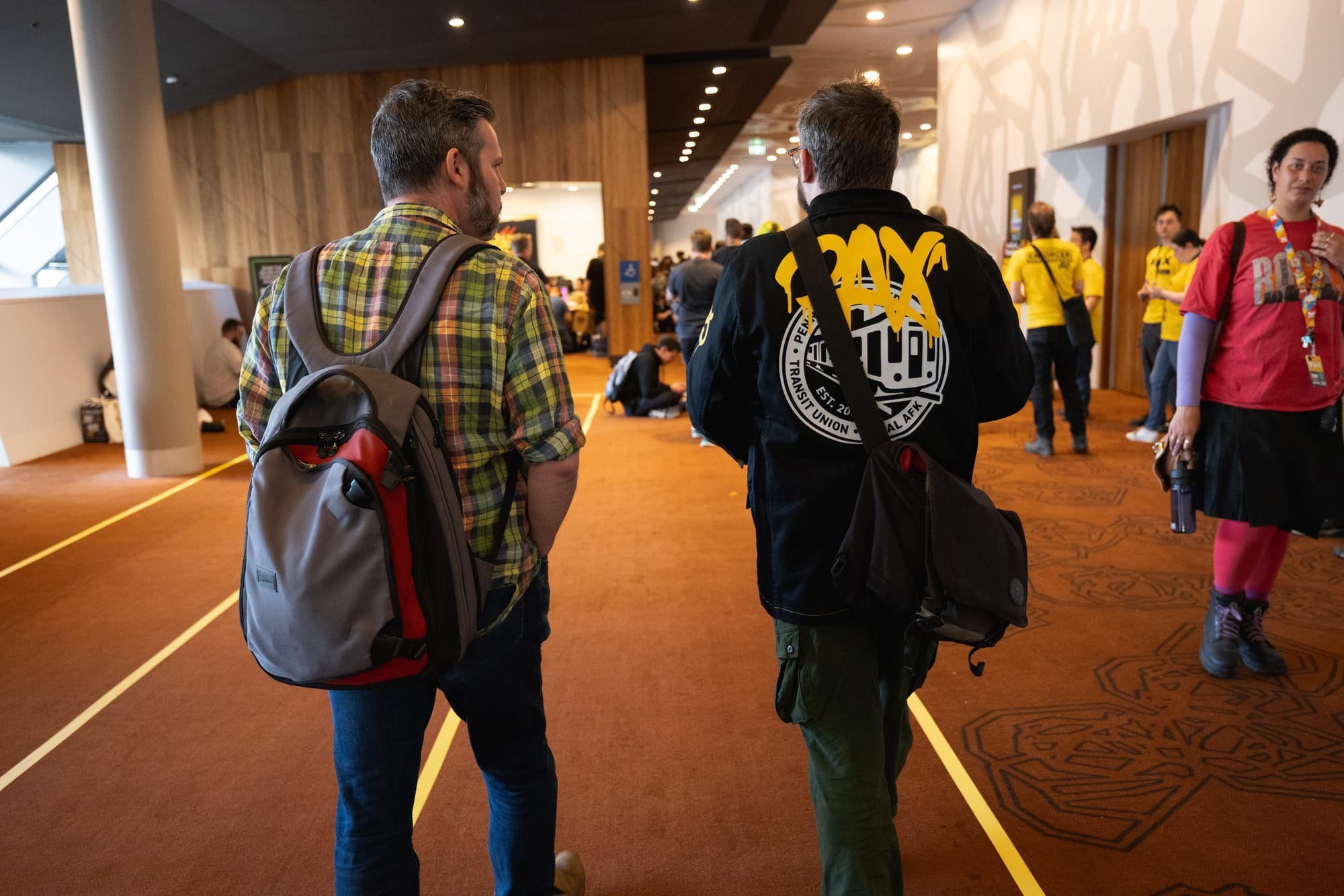
Fergus: I’d certainly say that there are a lot more excuses to avoid going sicko mode in October than there used to be. Back when PAX Australia was pretty much the only big gaming-adjacent get-together in the country, it felt like the social aspects of the event were only half the picture. It was a unique and time-limited opportunity to go hands-on with a bunch upcoming releases from big publishers and discover new local indie developers that didn’t exist elsewhere.
These days, that’s not necessarily the case. Often, some of the biggest games on the PAX Australia showfloor are already available to buy elsewhere. As for the smaller ones, there are now a lot more venues for Australian game developers to show off their work – from digital events like Steam Next Fest to things like SXSW Sydney, SAGE and the recent ALT Games Festival. I think there are plenty of folks who still see PAX Australia as the place to be but the reality is that it’s not the same show it once was, nor does it exist in the same context. There are still plenty of reasons to go, but they’re not necessarily the same ones as they were five or so years ago. What do you reckon?

Jeremy: I think you’re half-right with that one. There definitely are more digital events and showcases than ever before, and they could arguably have a greater effect on the launch sales of a game than the show floor of PAX Aus might. However, there’s something to be said about how PAX Aus has become an invitation from the Australian game development scene to the general audience, inviting them into it’s community.
Post COVID Lockdowns, there was a real question mark around what the future of in-person events would look like. With the massive amounts of online infrastructure built over those difficult few years, It wasn’t clear if they were needed once the world began to reopen. And while it took a few years for PAX Aus to hit its stride again, the community aspect of it cannot be overstated. Anytime I’m chatting to a developer on the show floor, they’re always thrilled at the idea of not only having someone play their game, but being able to see it with their own eyes.
Even this year, one developer remarked that while they’ve enjoyed watching the preview coverage of their game on YouTube and Twitch, it pales in comparison to having someone wander up to their booth, completely blind to what they’re about to experience, pick up the controller, and be laughing and smiling. Beyond that, many developers also take advantage of the event as a QA resource, sell merch, and chat to publishers and other developers. Personally, as someone that is organising coverage opportunities and filming interviews, there’s an electricity on the show floor that’s hard to quantify. Having conducted remote interviews in the past, there’s really nothing like doing them in person. It’s the easiest way to build rapport and fast, making for a better piece of coverage for both the interviewer and interviewee.
After years of inconsistent appearances by companies such as Playstation, Ubisoft, Xbox, and Nintendo, with them either attending in-name-only, or not showing up at all, I do truly feel that PAX Aus has outgrown the reliance it once had on them. Is it exciting when Nintendo brings Metroid Prime 4, Kirby, and Pokemon, all ahead of release? Absolutely. Is the show quieter without them? Of course.
But, the AAA companies need the Indies to carry the vibe on the show floor, just as much as the Indies need the AAA companies to elevate it.
The reasons to go to PAX Aus five years ago are gone, but now there are more than ever.

